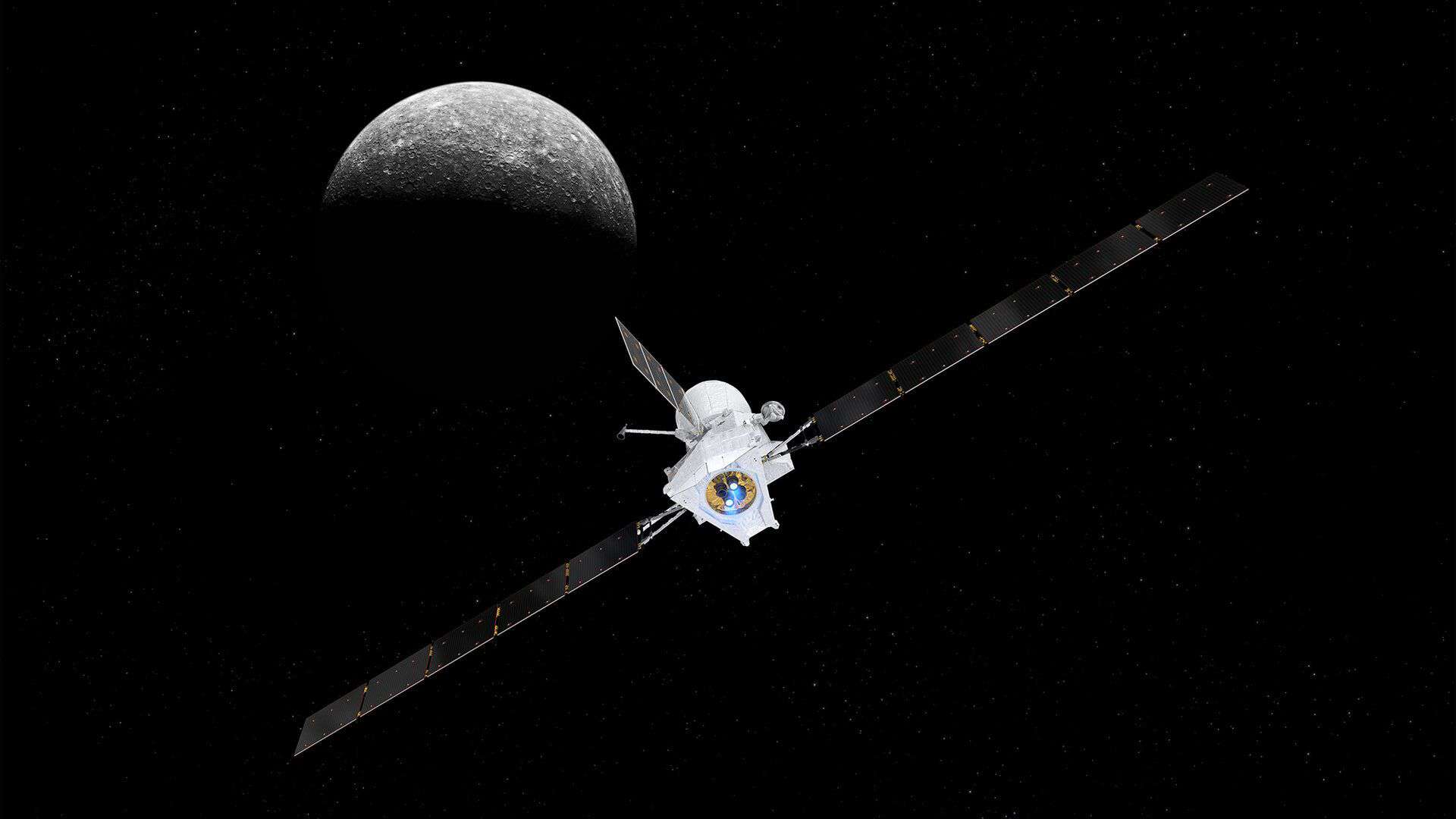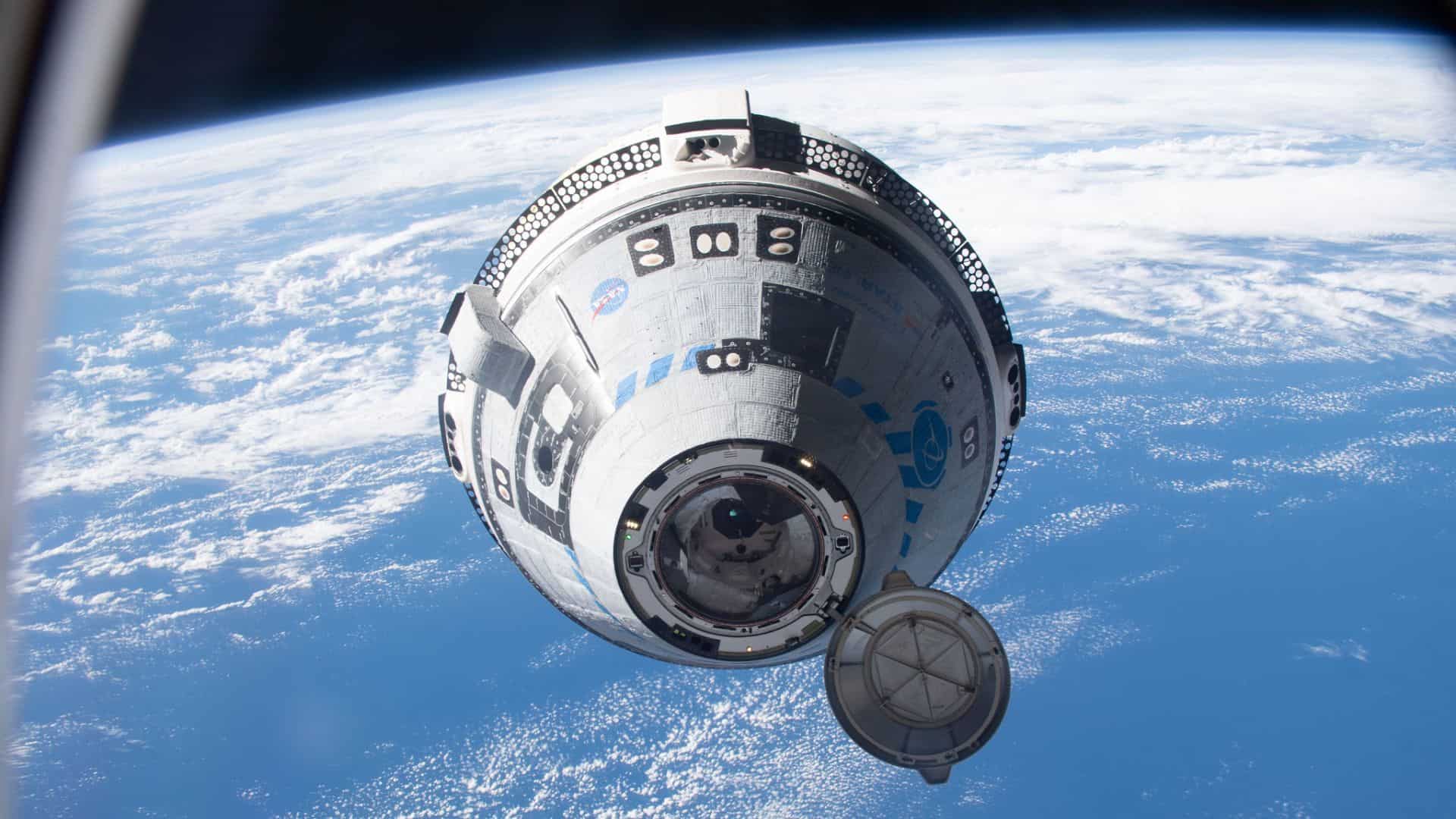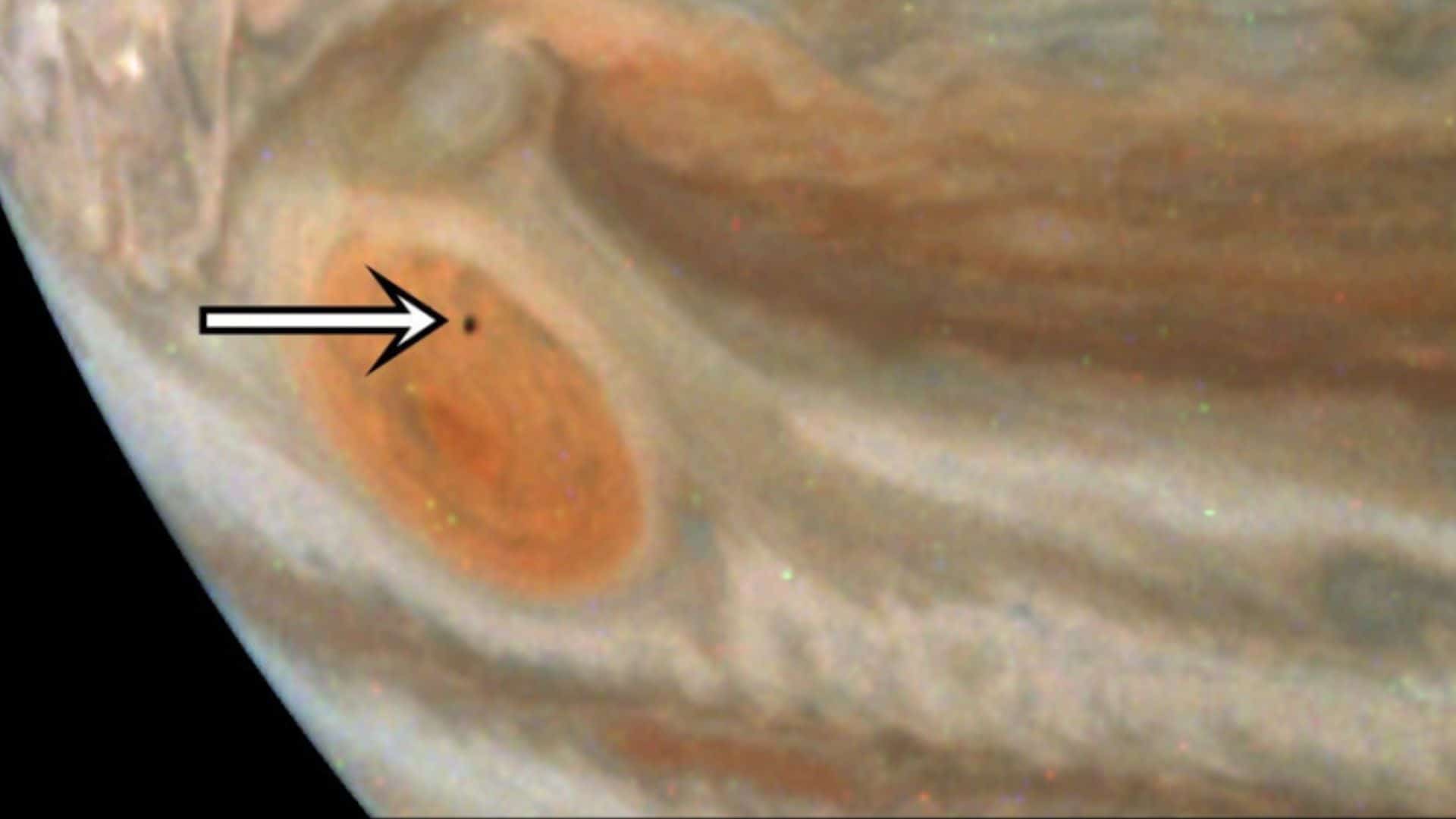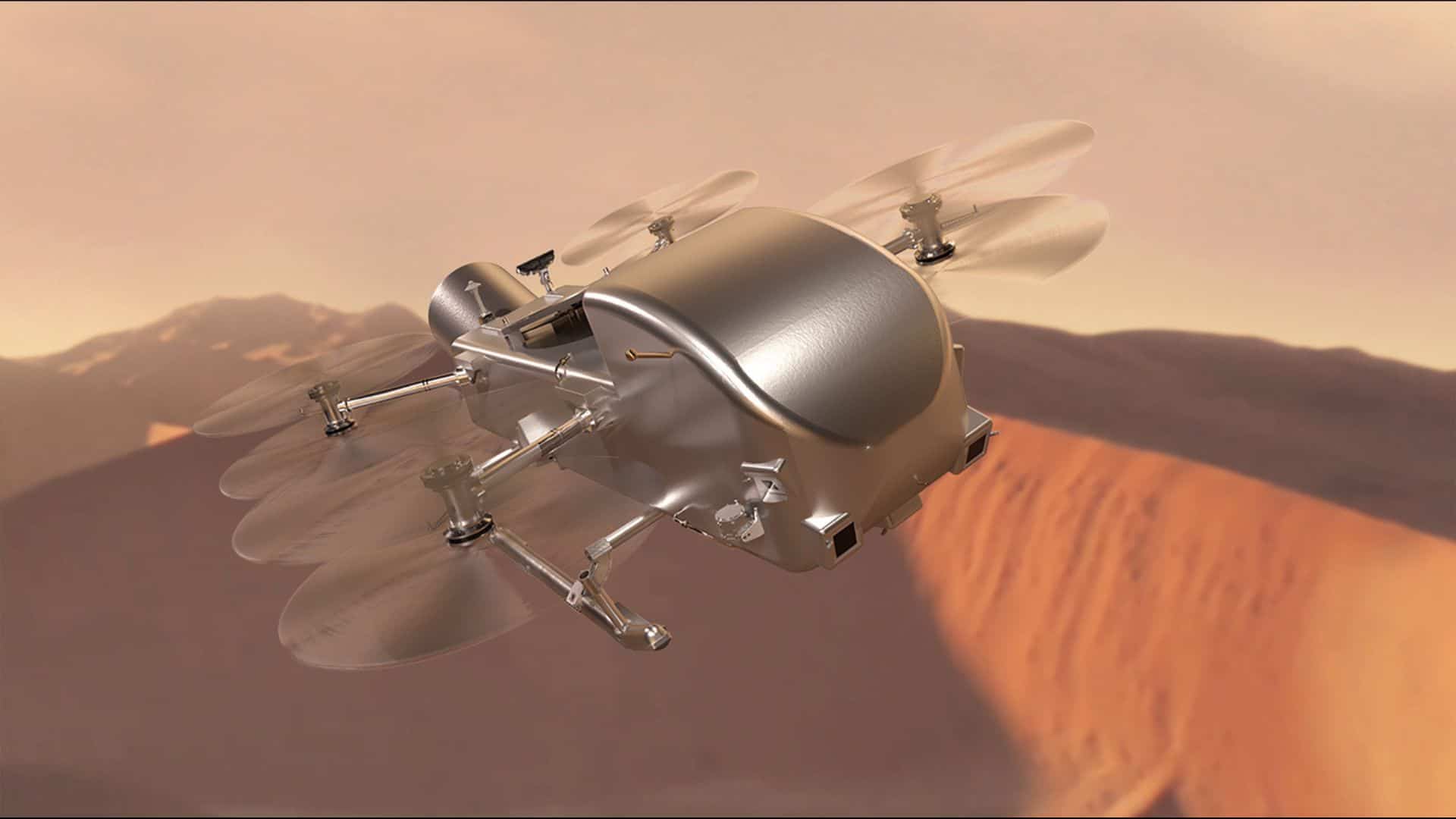ESA’s dead, 2294 kg European Remote Sensing 2 (ERS-2) satellite has completed its atmospheric reentry at 17:17 UTC (12:17 p.m. EST) on February 21, 2024, and crashed over the North Pacific Ocean between Alaska and Hawaii, according to the confirmation of ESA.
Click here for the coordinates via Google Maps.
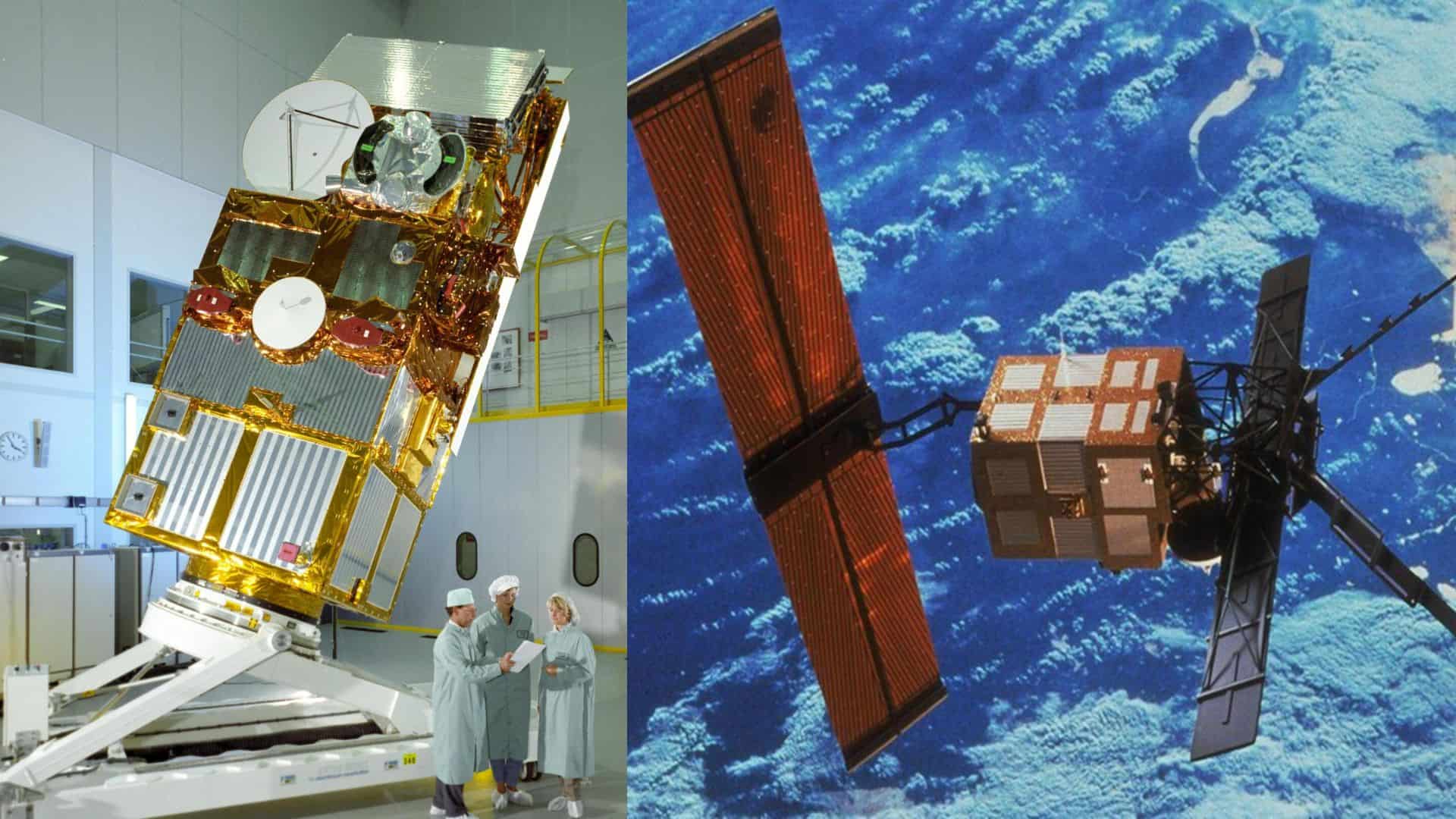
Timelines of the ERS-2 satellite
ESA’s second European Remote Sensing satellite, ERS-2, was launched almost 30 years ago, on April 21, 1995.
It was the most sophisticated Earth observation satellite at the time of launch and was operational for almost 16 years. It was observing the earth from an altitude of 785 km in space.
ESA announced the retirement of the ERS-2 satellite (the end of its mission) in 2011.
To minimize the risk of collision with other satellites, ESA used all of the satellite’s fuel to lower its orbit at the end of the ERS-2 mission in 2011.
Since then, the satellite’s altitude had been declining steadily due to atmospheric drugs.
On February 21, 2024, it reached the lower layer of the Earth’s atmosphere at a critical altitude of around 80 km, where the atmospheric drag was so strong that the satellite began to burn up and break into pieces.
Uncertainty of the predicted time of reentry
ESA’s Space Debris Office was continuously predicting the reentry time of the ERS-2 satellite for public awareness. However, there was almost no risk of being hit by the piece of satellite, as the vast majority of the satellite would burn up into the Earth’s atmosphere.
That is what happened, and as a result, no damage to property has been reported, according to the ESA report.
It was impossible to predict exactly when and where the satellite would begin to burn up, as there was no way to actively control the motion of the satellite from the ground during its descent.
During the time of deorbiting in 2011, ESA discharged the satellite’s batteries and shut down its communications antenna and onboard electronics. That’s why there was no way to control its speed, and there was uncertainty in the predicted time of its re-entry.
Some footage
Watch the ERS-2 satellite when it was passing over Rome on February 20, 2024:
Recently, the ERS-2 satellite was spotted from space by another satellite during its descent through the atmosphere.
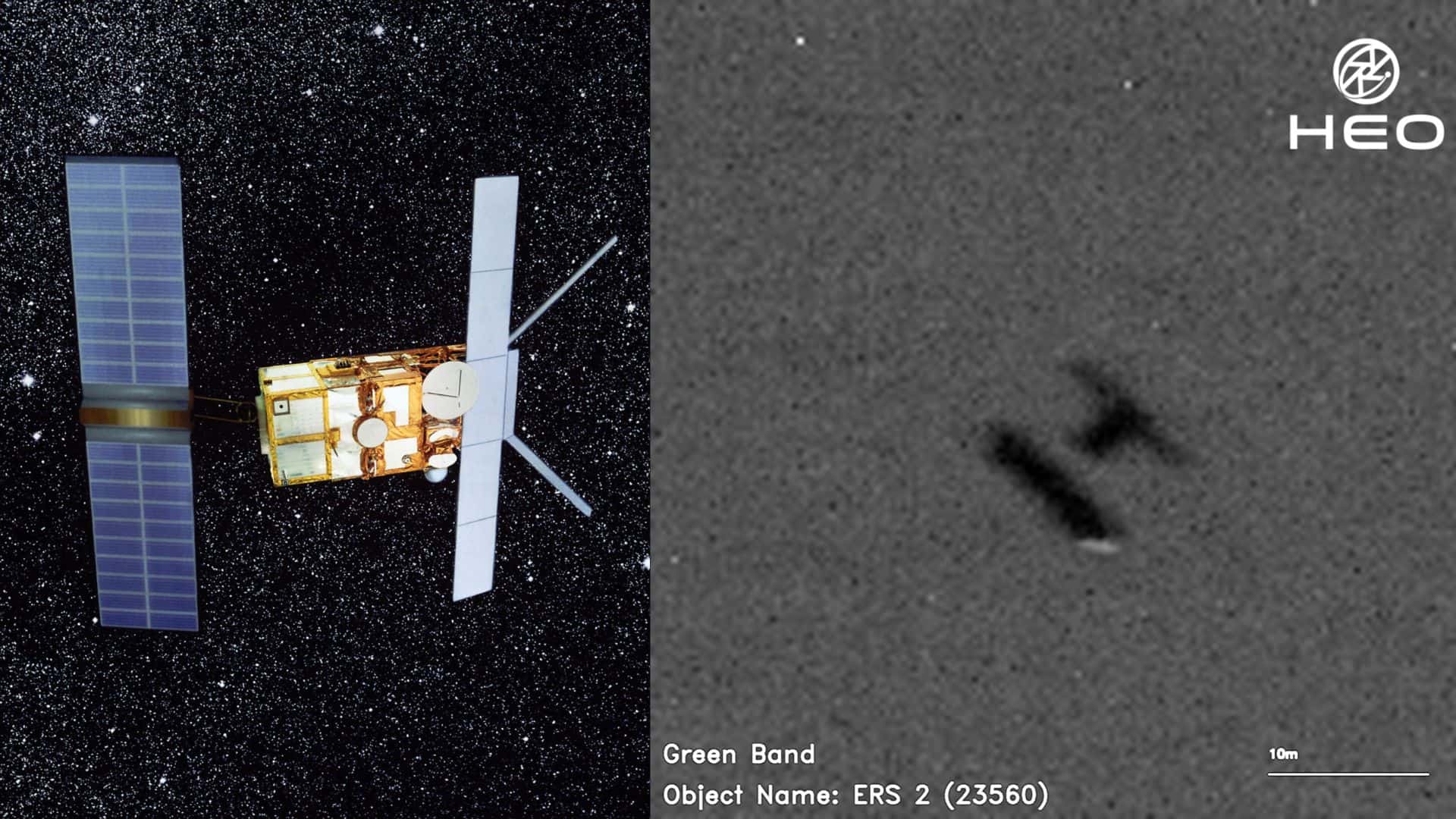
Related article: ESA’s dead satellite ERS-2 spotted from space before fiery atmospheric reentry
Please follow us on Facebook and Twitter to get latest space news, upcoming skywatching events and astronomy-related content.
